Market Data

May 7, 2019
Census Bureau Shipment Data for March Shows Slowing Growth Rate
Written by Peter Wright
Steel mill shipments have declined slightly since November on a seasonally adjusted basis, while the inventory-to-shipment ratio has increased slightly since October, according to Steel Market Update’s latest analysis of Census Bureau data.
Steel trade association data from the AISI and MSCI is most widely used to assess the state of the industry. In addition, the Census Bureau provides monthly data on manufacturing inventories, shipments and new orders for total U.S. manufacturing and for individual industries, one of which is steel products. Therefore, the Census Bureau provides a useful reality check for association data. Total shipments and inventories are reported in millions of dollars, seasonally adjusted. Steel shipments and new orders have shown a slight downward trend but are still healthy.
![]()
Census Bureau results for March were released on May 5. Figure 1 shows monthly steel product shipments in millions of dollars since 1992 with the year-over-year growth. Shipments peaked last November and have made no progress since then. The year-over-year growth rate has declined from 18.9 percent in August last year to 6.9 percent in March 2019. The Census Bureau defines shipments as follows: “Manufacturers’ shipments measure the dollar value of products sold by manufacturing establishments and are based on net selling values, f.o.b. (free on board) plant, after discounts and allowances are excluded. Freight charges and excise taxes are excluded. Multi-industry companies report value information for each industry category as if it were a separate economic unit. Thus, products transferred from one plant to another are valued at their full economic value.”
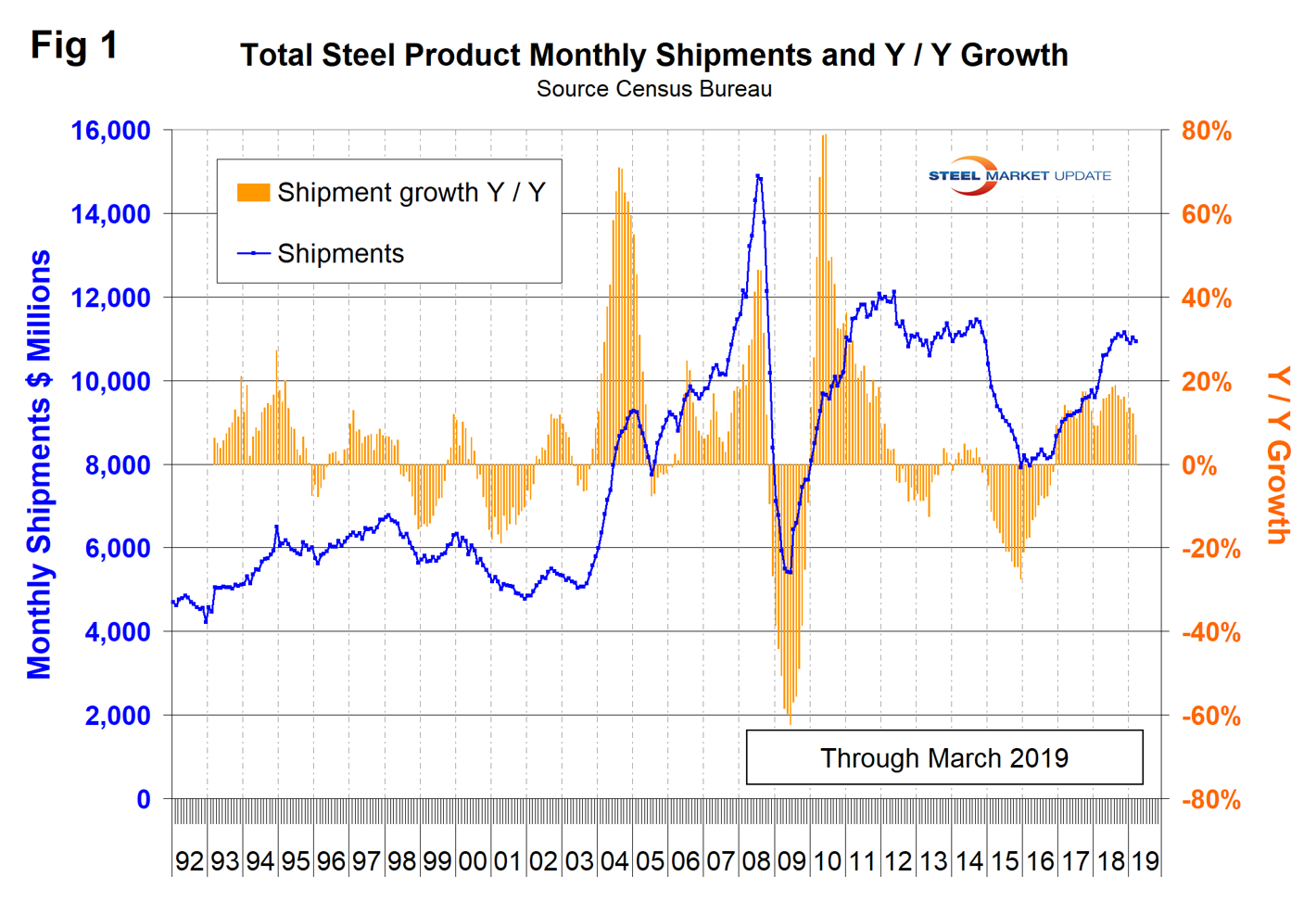
In our SMU reports, we try where possible to provide information on the same subject from different sources. The data in Figure 1 compares quite well with the AISI weekly crude steel production shown in Figure 2. One is in dollars and the other in tons, but the shapes of the curves are quite similar.
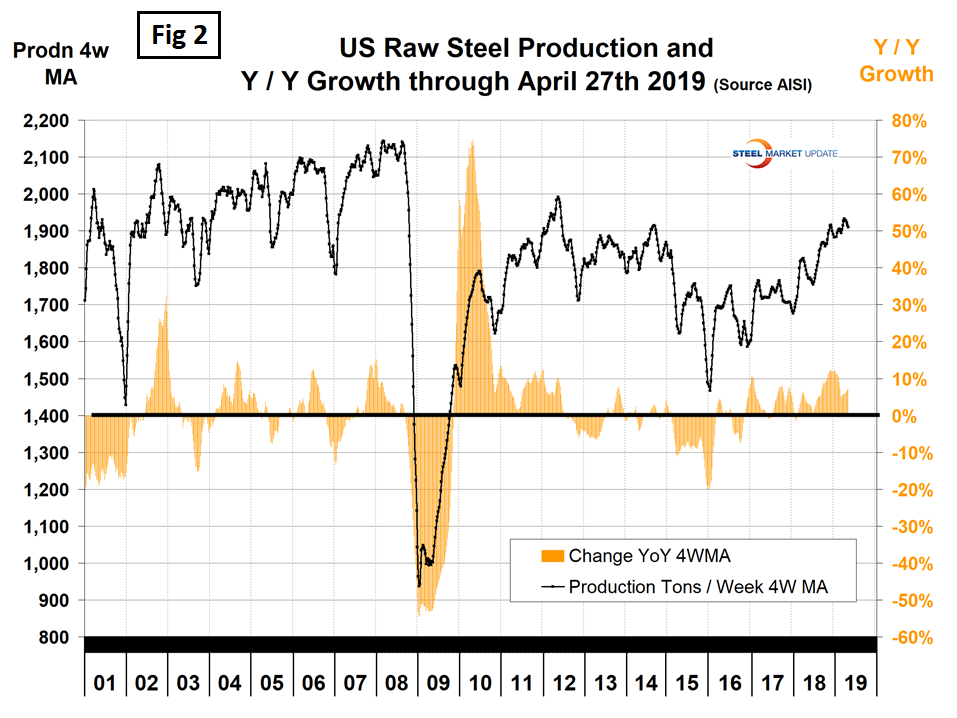
Figure 3 shows shipments and new orders on a monthly basis for all steel products since 2010. Both are healthy on a historical basis but have been in slight decline for six months.
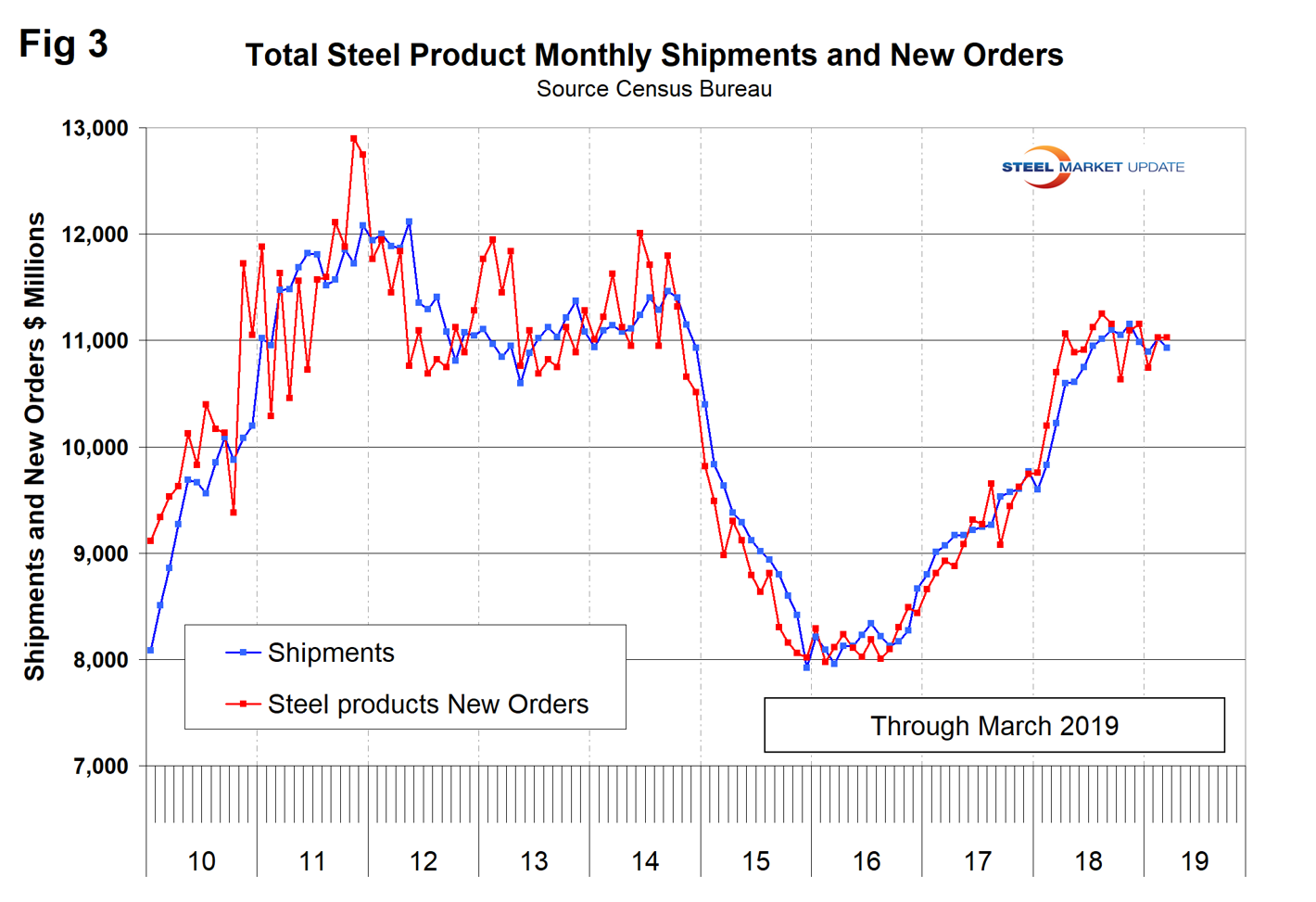
Figure 4 shows the same total shipment line as Figure 1, but now includes the inventory-to-shipment ratio. An excellent three-year trend on both counts.
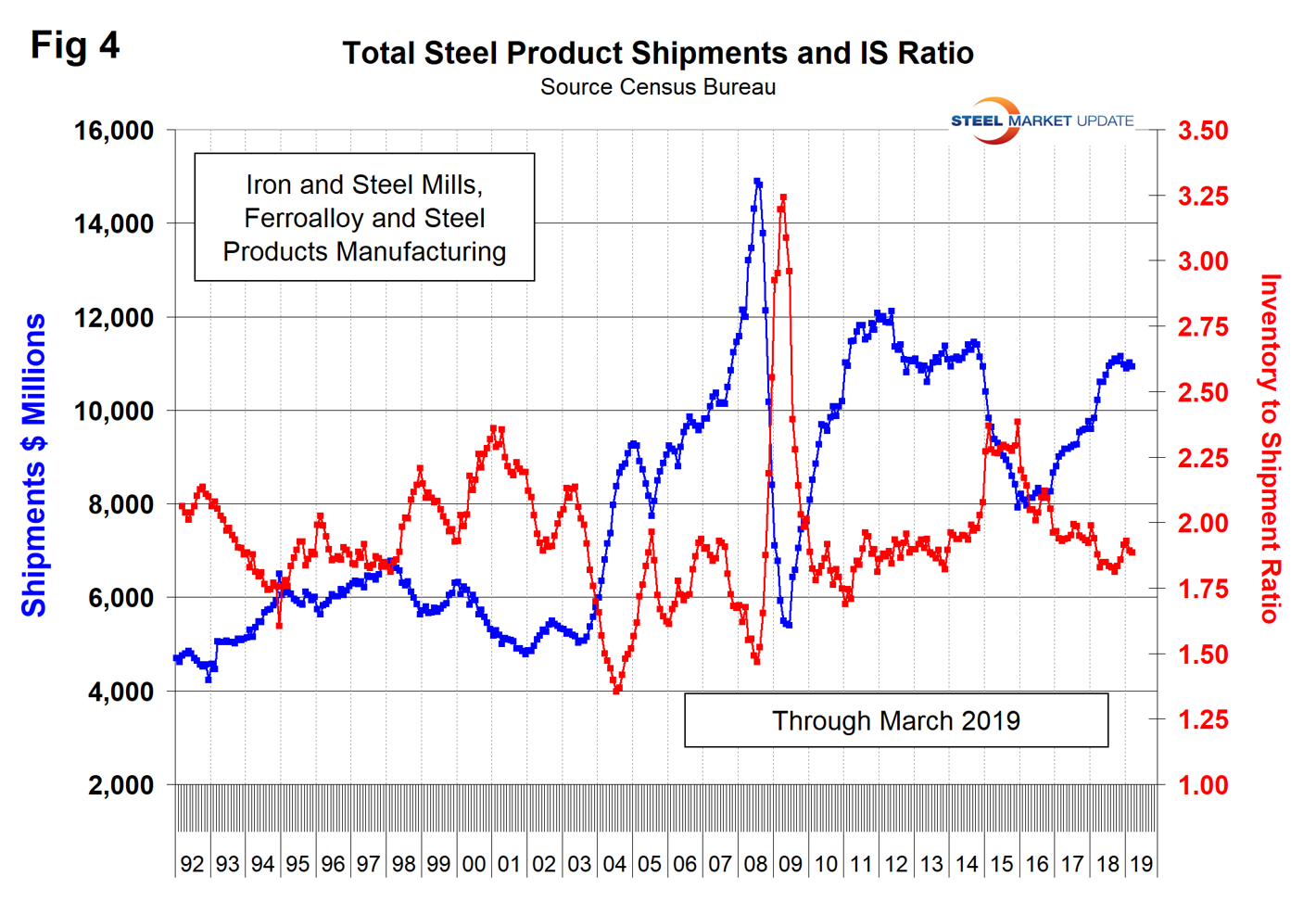
Figure 5 shows total inventory in millions of dollars and repeats the inventory-to-shipment ratio shown in Figure 4. At 1.36 the ratio is still good, but has increased slightly from 1.34 last October.
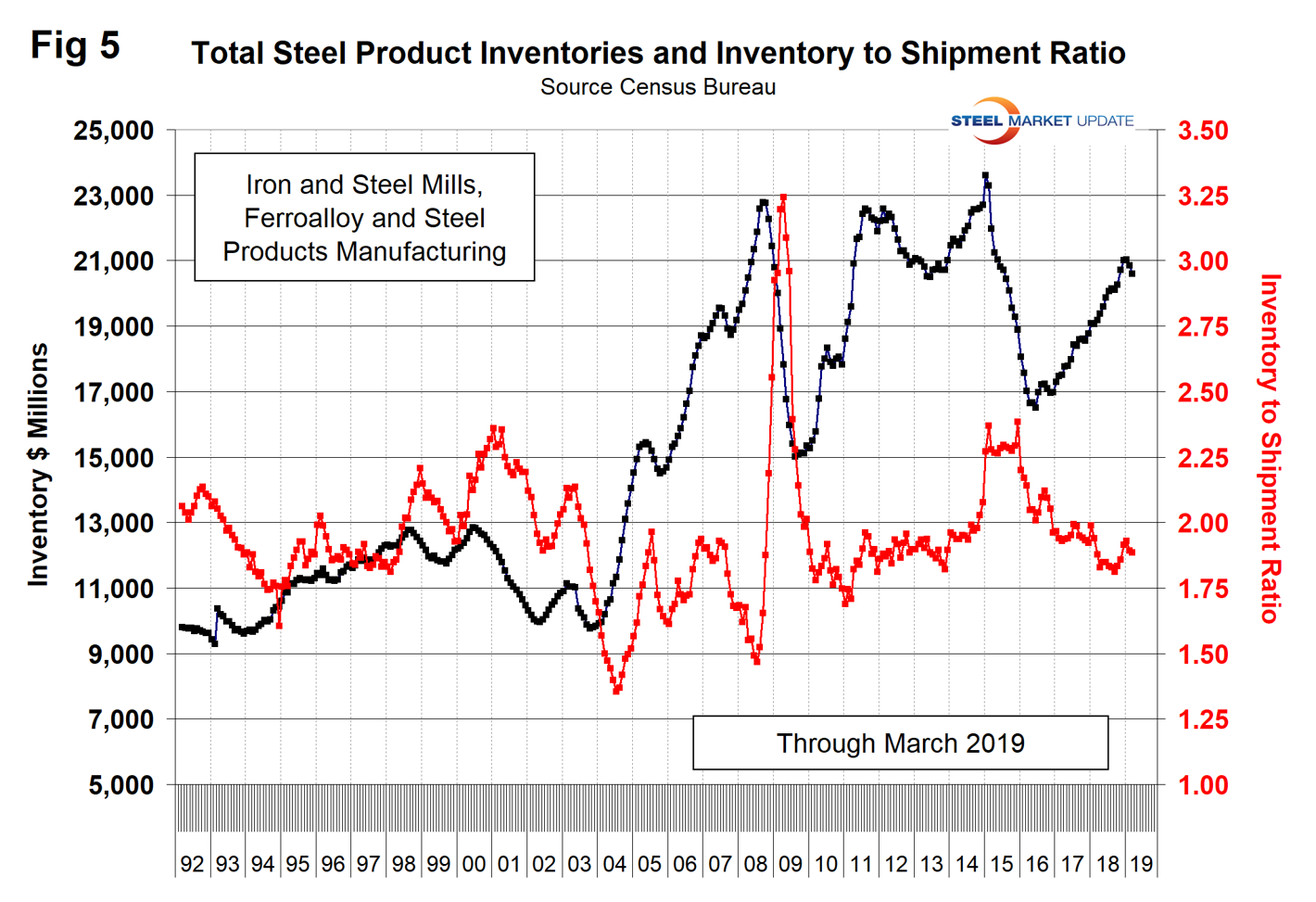
SMU Comment: Data from the Census Bureau for steel product orders, shipments and inventories continues to be favorable though there is evidence of a slight slowdown in 2019. The shipment data for all steel products shows a similar trend to AISI raw steel production data. Therefore, our reality check is good.





